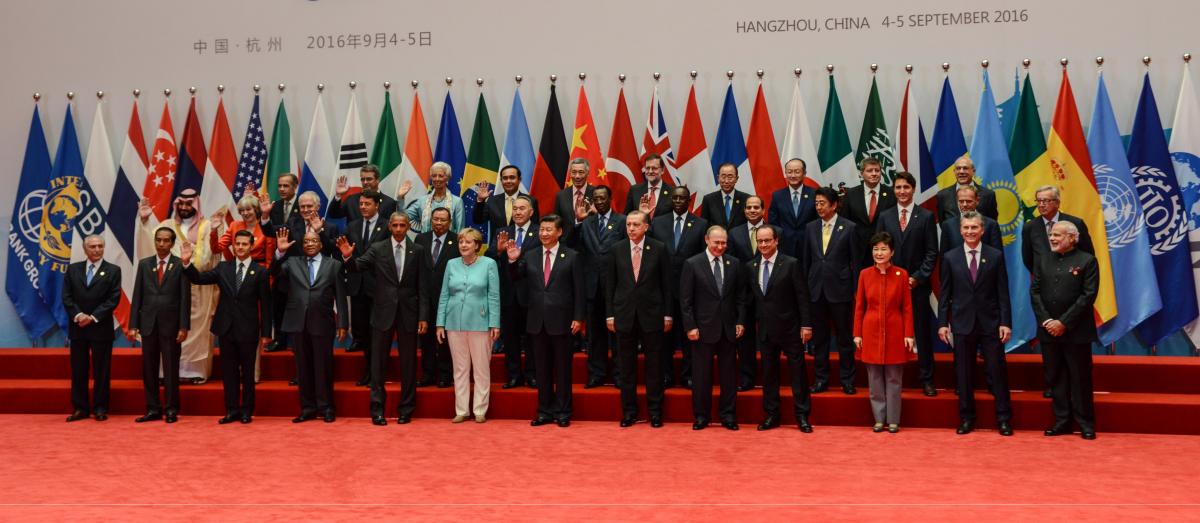The year 2025 marks a critical juncture in the ongoing battle against climate change. With the global temperature steadily rising and extreme weather events becoming more frequent, countries worldwide are recognizing the urgent need to implement effective climate policies.
But who is leading the charge? Which nations are setting ambitious goals and taking bold steps to ensure a sustainable future?As we delve into this pressing topic, let’s explore the countries that are at the forefront of climate policy in 2025. From innovative green technologies to groundbreaking legislation, these nations are shaping the future of our planet.
1. Denmark: A Renewable Energy Powerhouse
Denmark is a prime example of a country that has fully embraced renewable energy and sustainability. By 2025, Denmark is on track to produce 50% of its energy from renewable sources, primarily wind and solar power.

The country has set an ambitious goal to become carbon-neutral by 2050, with its government investing heavily in wind energy infrastructure and green technologies.Denmark’s commitment to climate action goes beyond just energy production.
The nation has introduced several policies that promote eco-friendly transportation, waste reduction, and circular economy practices. Copenhagen, Denmark’s capital, aims to be the world’s first carbon-neutral city by 2025, with extensive plans for electric public transportation, green building projects, and a focus on sustainable urban planning.
2. New Zealand: A Green Nation with Bold Plans
New Zealand is another country leading the way in climate action. In 2025, the country is making significant strides toward reducing emissions, transitioning to renewable energy, and embracing sustainability.

New Zealand’s climate goals are ambitious: by 2030, the country aims to reduce emissions to 30% below 2005 levels and achieve net-zero emissions by 2050.The New Zealand government has introduced several key policies, including a carbon-neutral public sector, a commitment to reforestation, and major investments in clean energy projects.
In addition, New Zealand’s carbon trading scheme has been widely praised for encouraging businesses to reduce their carbon footprint and invest in green technologies.One of the most notable initiatives is New Zealand’s focus on regenerative agriculture.
The country’s farmers are adopting sustainable farming practices that reduce emissions and enhance soil health. This unique approach to agriculture not only benefits the environment but also provides a model for other nations looking to reduce their environmental impact through innovative farming methods.
3. Germany: A European Climate Leader
Germany has long been a leader in environmental policy, and by 2025, the country continues to set high standards for climate action in Europe. The German government has committed to achieving a 65% reduction in emissions by 2030 compared to 1990 levels, with the ultimate goal of becoming carbon-neutral by 2050.Germany’s transition to renewable energy, known as the “Energiewende,” is one of the most ambitious energy reforms in the world.

With a strong focus on wind and solar energy, Germany is rapidly phasing out coal-fired power plants, investing in green technologies, and promoting energy efficiency.Germany’s climate policies are not just focused on energy production; the country is also addressing emissions from transport, industry, and agriculture. In 2025, Germany plans to significantly increase the number of electric vehicles on the road, incentivizing consumers to make the switch with subsidies and incentives.
Additionally, the government is investing in sustainable public transportation systems and reducing the carbon footprint of industries through stricter emissions standards.
4. South Korea: A Rising Climate Star
South Korea has emerged as a global leader in the fight against climate change. In 2025, the country is making great strides in reducing its emissions and investing in green technologies.
South Korea’s government has committed to achieving net-zero emissions by 2050, with a series of policies aimed at transitioning to renewable energy, reducing industrial emissions, and promoting electric vehicles.One of the most significant developments in South Korea’s climate policy is its Green New Deal. This initiative aims to invest over $60 billion in renewable energy projects, green infrastructure, and eco-friendly industries.
By 2025, South Korea is expected to generate 20% of its electricity from renewable sources, a goal that will be achieved through large-scale solar and wind farms, as well as the development of next-generation energy storage technologies.
South Korea’s commitment to green innovation is also evident in its focus on hydrogen energy. The country is investing heavily in hydrogen fuel cells, with plans to become a global leader in hydrogen production and use by 2030. These efforts position South Korea as a key player in the global transition to clean energy.
5. Costa Rica: A Model for Sustainability
Costa Rica is one of the world’s most environmentally conscious countries, and by 2025, it remains a shining example of what can be achieved through sustainable policies. Costa Rica has already made remarkable progress in achieving its climate goals, with the country running on 100% renewable energy for extended periods and aiming to become carbon-neutral by 2050.
The Costa Rican government has implemented a series of policies to protect its rich biodiversity, promote eco-tourism, and encourage sustainable farming practices. The country’s commitment to protecting its forests has played a key role in its climate strategy.
Costa Rica is also investing in clean energy infrastructure, such as geothermal and hydroelectric power, to reduce its reliance on fossil fuels.Costa Rica’s innovative approach to climate policy serves as a model for other countries, particularly those in the Global South, showing that even small nations can lead the way in sustainability and environmental protection.
Conclusion: A Global Effort for a Sustainable Future
As we move further into 2025, it’s clear that countries around the world are stepping up to the challenge of climate change. From Denmark’s renewable energy revolution to Costa Rica’s commitment to biodiversity, these nations are not only meeting their climate goals but setting an example for others to follow.
The fight against climate change requires collective action, and the leadership shown by these countries demonstrates that it is possible to make significant strides toward a sustainable future. As we look ahead, it is crucial for more nations to take bold action, ensuring that the policies and innovations of today lead to a healthier, more sustainable planet for future generations.
Whether through renewable energy, green technologies, or sustainable agriculture, the climate policies of 2025 are shaping a new world. These countries are not just leading—they are showing the way. Let’s hope that the global community continues to build on their success, working together to tackle one of the greatest challenges of our time.







Comments(0)